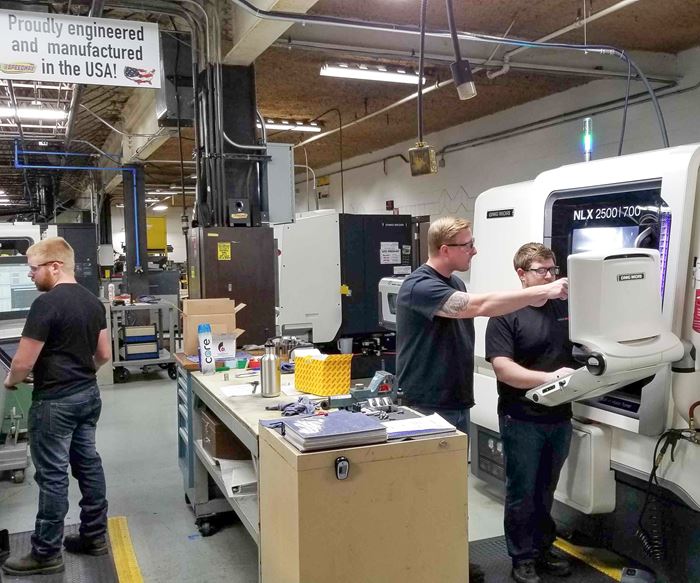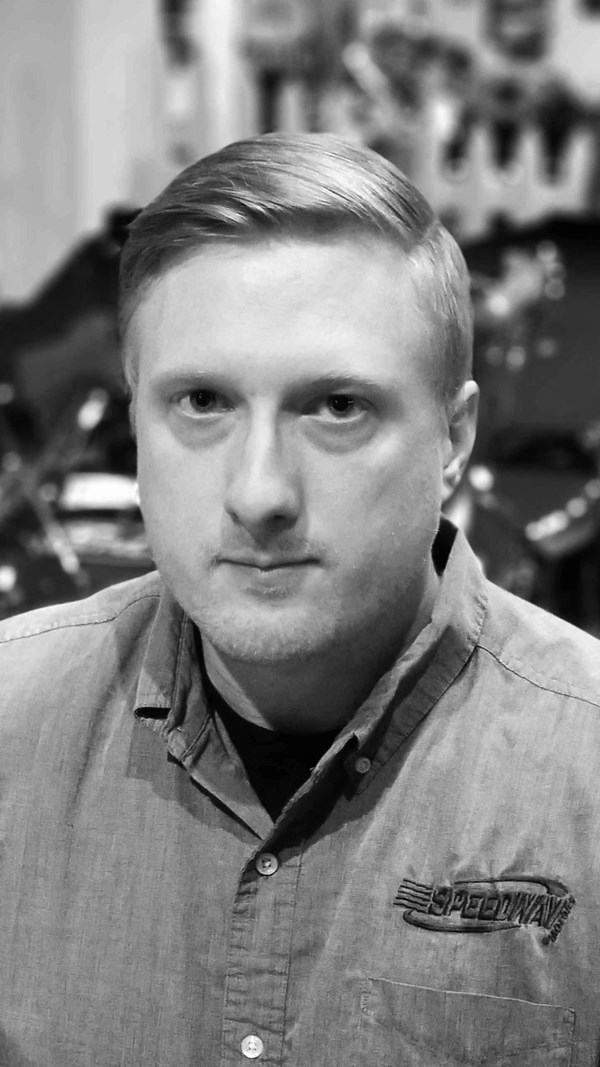Getting It Right the First Time
Attack your manufacturing process with a plan.
Change is an absolute in manufacturing. Technology is evolving, process improvement is on everyone’s mind and keeping up in a global market is increasingly important. Having a major role in the rapid expansion of the machine shop I work for has really shown me how critical it is to plan ahead and spend extra time doing things right the first time.
About six years ago, our machine shop consisted of just two machinists and two CNC machines: a vertical mill and a basic two-axis lathe. Ownership wanted to manufacture more of their own motorsports and hot rod parts in house, and machine shop expansion was essential to meeting this goal. Since that time, we have had a total of 17 different CNC machining centers in our shop, seven of which were later upgraded for greater capabilities and newer technology. Our department has grown to a team of 10, and a second shift has been added.
When we acquired our first new piece of CNC equipment, I never thought the machining department would end up occupying more than 50 percent of the shop floor. In the beginning, the original two CNC machines were tucked away in their own little corner. Most of the shop floor was taken up by manual machines and storage. That changed as more products were machined in house and more machines were acquired. However, with this growth, the big-picture plan for the shopfloor was not considered. New machines were put wherever they could fit, and proper workflow was not designed. We now have three new machining centers on order to replace three of our older machines, and we finally need to figure out where everything is going to go. This time, we are going to do it right and rearrange all the machines so the workflow is optimized. We will think more about the long-term goals and plans of our manufacturing capabilities and include them as part of our vision. We should have set out with a plan in the early days of development to prevent spending extra time and money creating a floor plan that will work in the future.
Along with the new machines, we have needed more machinists to run them. The manufacturing industry’s skills gap and the low unemployment rate in the Midwest did not make the process easy, but we have been able to find great machinists that were moldable to our processes. Nearly all the machinists we have hired required additional on-the-job training. This has actually worked out in our favor because the guys just out of trade school and the machinists with less experience have been easier to mold to our processes. When it came to training these new machinists, we thought ahead and did it right the first time. We standardized most of our processes. I taught new machinists our process by explaining why we do things certain ways and not others. For example, taking a few extra seconds to explain why we touch off all the tools a certain way, as opposed to the way the machinists were taught, has created consistency throughout the shop so everyone is on the same page.
With the addition of more machines and machinists manufacturing hundreds of part numbers in house, the importance of good record keeping has become apparent. It has been very important to document our machining process because we will eventually run the same job when warehouse inventory gets low. Our setup sheets have gone through many revisions as the machine shop has progressed, adding or subtracting information to make the job easier and faster to run in the future. Even though the setup-sheet format has changed, the continuous-improvement effort of our setup sheets has made it possible for newly hired machinists to use that documentation to get a job running. Again, our goal for this project was to get it right the first time by making the setup sheets standard and consistent.
Spending the extra time to do things right the first time will pay off dividends in the end, as it will prevent having to start over, as we did with our shopfloor plan. Even though some projects like our setup-sheet documentation process have gone through changes and have evolved, they are much better than the originals. Making sure that the information was consistent and standardized has helped reduce our setup times and get jobs running sooner.
About the Author
Lucas Prucha is the CNC Manager for Speedway Motors, a manufacturer and reseller of racecar, hot rod and muscle car parts. Email ljprucha@speedwaymotors.com or visit speedwaymotors.com.
Read Next
The Future of High Feed Milling in Modern Manufacturing
Achieve higher metal removal rates and enhanced predictability with ISCAR’s advanced high-feed milling tools — optimized for today’s competitive global market.
Read MoreInside Machineosaurus: Unique Job Shop with Dinosaur-Named CNC Machines, Four-Day Workweek & High-Precision Machining
Take a tour of Machineosaurus, a Massachusetts machine shop where every CNC machine is named after a dinosaur!
Read MoreIncreasing Productivity with Digitalization and AI
Job shops are implementing automation and digitalization into workflows to eliminate set up time and increase repeatability in production.
Read More
























